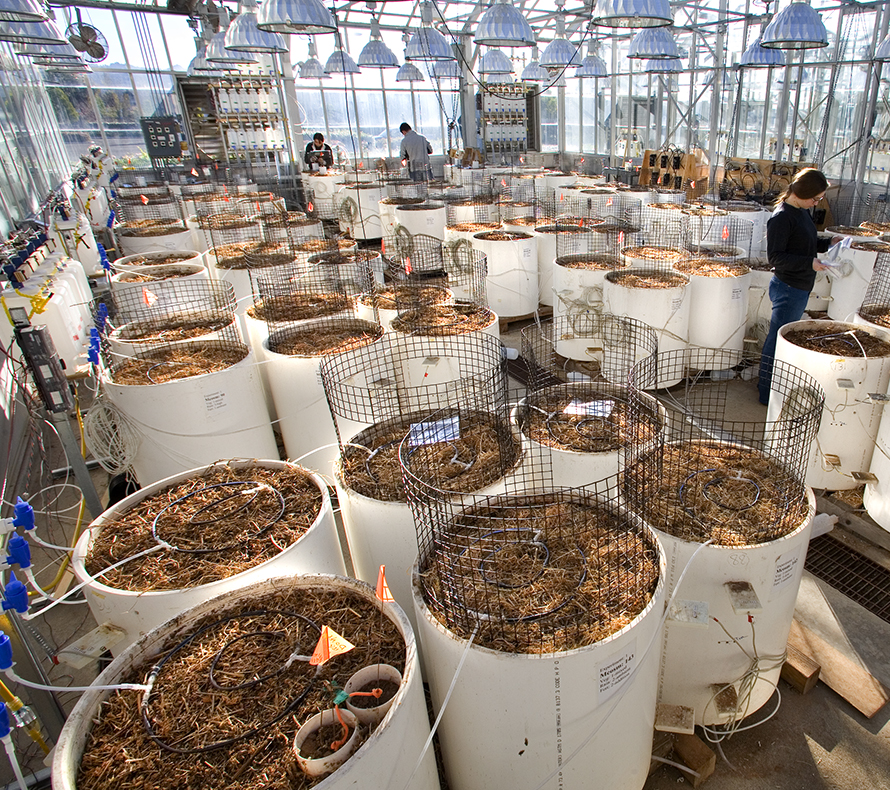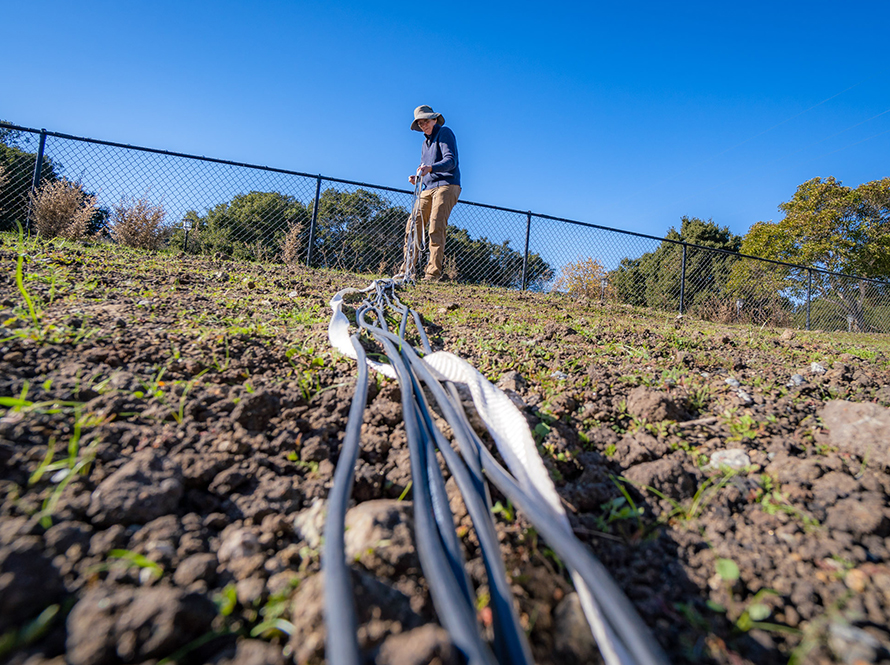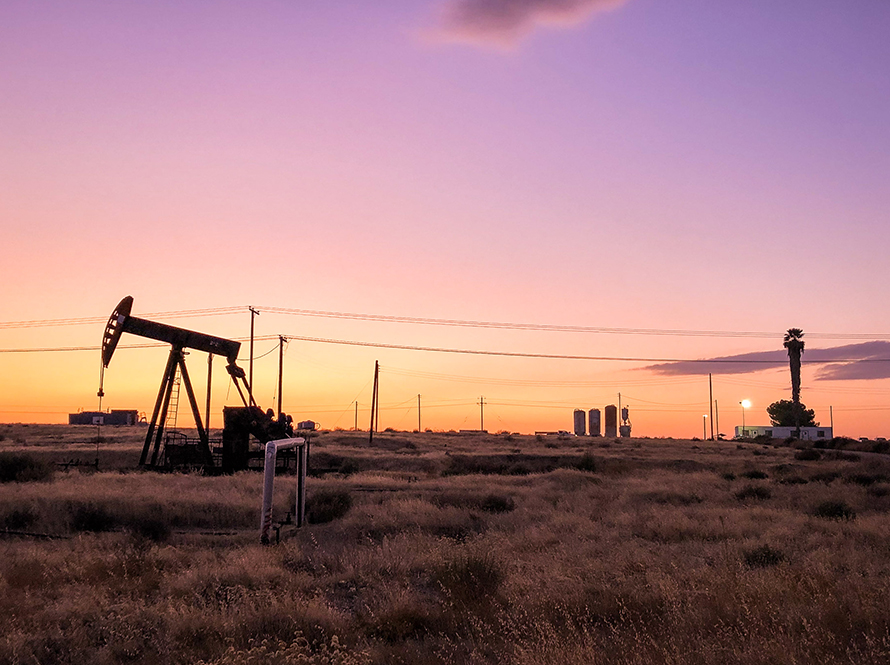Scientists at the Earth and Environmental Sciences Area are investigating engineered and nature-based solutions to lower carbon emissions and remove carbon dioxide from the atmosphere.
Meeting future climate goals requires removing and sequestering existing atmospheric carbon, and scaling up technologies that prevent new carbon emissions from entering the atmosphere. Our holistic approach considers carbon management from many angles, including managing land and forest use, capturing point-of-source emissions, and storing carbon underground.

Lowering carbon emissions requires improving how well climate models predict the exchange of carbon among ocean, atmosphere, and land. EESA scientists are at the forefront of measuring this exchange at ecosystem level and regional scale, and developing models that help understand and predict the link between climate and carbon, energy, and water fluxes. They also monitor and forecast carbon’s behavior underground with a kind of seismic echolocation that allows researchers to watch how carbon moves and predict its future behavior. Combined with computer modeling, this capability is essential to making sure that carbon dioxide stored underground is effectively kept out of the atmosphere.

Soils play a critical role in the global climate system by storing carbon dioxide. EESA scientists develop innovative ways to track and predict soil carbon response to warming and events like wildfire and drought. They conduct soil-warming experiments to evaluate how environmental and climate disturbance affects soil’s ability to store carbon; develop models to assess how different conditions impact soil carbon in tropical ecosystems; and study Arctic soils to explore what abrupt thaw would mean for carbon release.

Lowering carbon emissions requires widespread deployment of energy sources other than fossil fuels, such as low-emission transportation options, carbon capture and sequestration, and carbon dioxide removal through natural process and direct air capture. We conduct fundamental and applied earth science research relevant to capturing carbon dioxide directly from the atmosphere and durably storing it in geologic, bio-based, and ocean reservoirs or in value-added products to create negative emissions. Additionally, our scientists are investigating suitable rock types and new methods to enhance soils’ ability to absorb carbon dioxide and methane using enhanced rock-weathering technologies.

EESA scientists conduct highly controlled field experiments by activating and monitoring geologic faults to explore how to safely inject liquid carbon dioxide into underground rock.They use fiber-optic sensors and other instruments at underground rock laboratories to gather a real-time picture of changes in underground rock which can be used to help confirm that injected gas isn’t leaking.

EESA scientists are applying tools and methods they’ve used to track and monitor carbon dioxide to detect emissions from methane, a potent greenhouse gas. Our experts are leading efforts in regions where methane concentrations are known to be high, such as California’s Southern San Joaquin Valley, where they monitor emissions via towers, aircraft surveys, and intense field campaigns to locate their origins in an effort to quickly lower the emissions.

